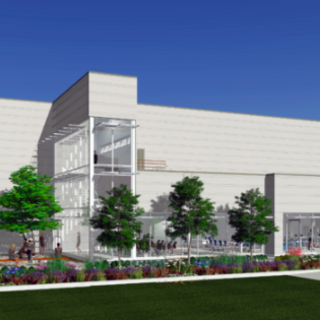Aldevron Plans Fargo Biologics Campus
Aldevron will begin construction in August of 2019 on a 14-acre biologics campus in Fargo, N.D., where it is currently headquartered. The first phase comprises a two-story, 189,000-sf facility for the manufacture of plasmid DNA, proteins, mRNA, and antibodies. Increasing Aldevron’s GMP and GMP-Source™ production capacity up to tenfold, the structure will connect to the company's existing GMP facility and is expected to be fully operational by early 2021.














